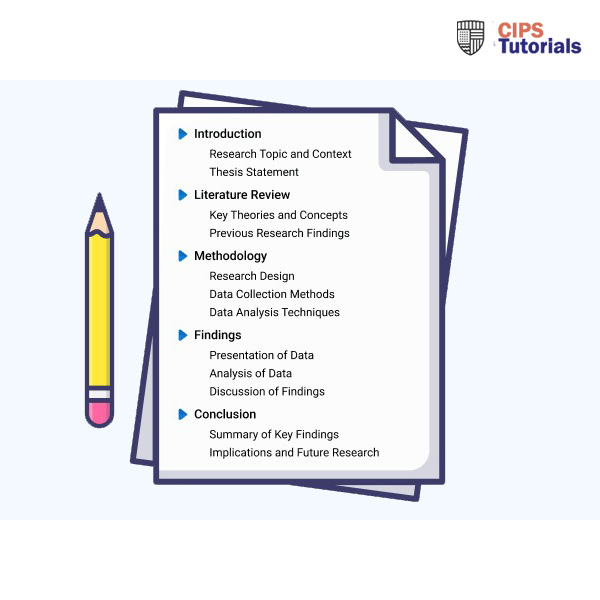-50%
Description
Related Papers
(Solution) CIPD 5HR03 Task Two – Report Section Two
(Solution) CIPD 7C002 Question 11: Increased appetite of employees for L&D Opportunities at work
(Solution) CIPS APSS Module: Strategic Supply Chain Management
- The supply chain map for leasing cars at Emirates Transport provides the flow of information across the tiers.
- The map increases visibility and reduces the shocks and disruptions in procurement and supply chain management. However, the company has not developed effective mitigation strategies for the shocks and issues that emanate from the external environment.
- For instance, COVID-19 and the sustainability issues have affected the procurement and supply chain management process, particularly the strategic and leverage products.
(Solution) CIPS APGLM Organisation Sources of Power
(Solution) CIPS Module 3 Sourcing Essentials (PSE)
In this report, the area of focus is on ROSHN’s procurement and vendor management strategies in alignment with Saudi Arabia’s Vision 2030. ROSHN, a leading real estate development company, is committed to building sustainable communities and increasing homeownership within the Kingdom. The company manages its entire development pipeline, from land acquisition to home construction and distribution, ensuring control over quality and costs. One of ROSHN’s key objectives is to achieve 70% homeownership by 2030, while promoting employment and economic growth in Saudi Arabia. The Procurement and Commercial functions at ROSHN play a critical role in achieving these goals. The Vendor Management Team (VMT) employs various strategic tools, such as Porter’s Five Forces and PESTLE Analysis, to evaluate suppliers and market conditions. These tools help ROSHN in negotiating better terms, securing reliable suppliers, and maintaining project timelines. Furthermore, ROSHN’s procurement cycle is structured to ensure compliance, cost efficiency, and project quality through a Pre-Qualification Questionnaire (PQQ) and supplier registration processes. ROSHN’s sourcing strategies, including sole, single, dual, and multiple sourcing, allow the company to manage supply risks while maintaining competitive pricing and consistent quality. The company also utilizes the Kraljic Matrix to categorize suppliers based on their strategic importance and supply risks, ensuring that critical infrastructure needs are met.
The conclusions generated lead to development of the following recommendations;
- Streamline the PQQ process to reduce onboarding time and ensure suppliers meet compliance and quality standards more efficiently.
- Cultivate long-term relationships with key suppliers for critical infrastructure projects to ensure timely and high-quality delivery.
- Use data analytics to enhance supplier evaluation, improving decision-making accuracy and reducing supply chain risks.
- Increase the use of eSourcing tools to boost competition among suppliers, potentially reducing procurement costs.
- Regularly run mini-competitions to ensure competitive pricing and maintain high service quality.

